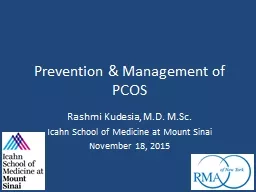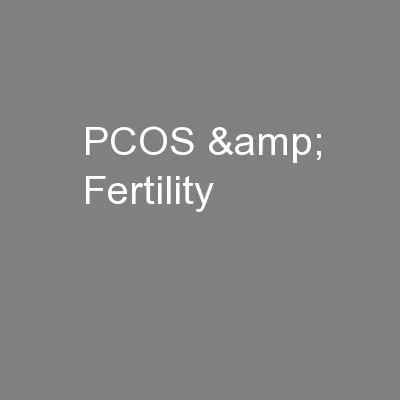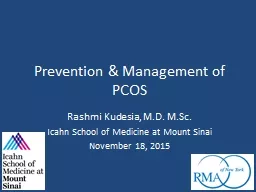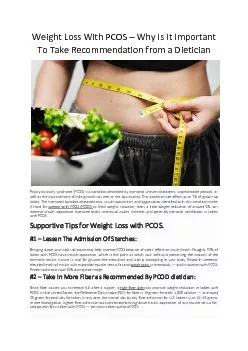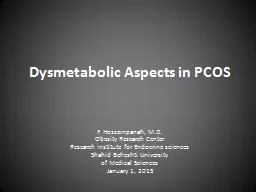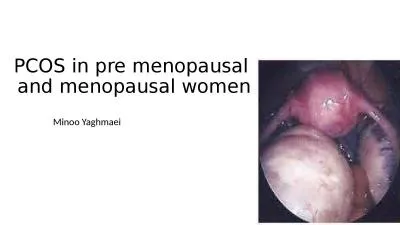PPT-Using Technology to Deploy Multivariate Interventions for Women with PCOS
Author : trish-goza | Published Date : 2020-04-10
Board Certified Reproductive Acupuncturist Former President of the American Board of Oriental Reproductive Medicine 15 years clinical experience Founder of one
Presentation Embed Code
Download Presentation
Download Presentation The PPT/PDF document " Using Technology to Deploy Multivariate..." is the property of its rightful owner. Permission is granted to download and print the materials on this website for personal, non-commercial use only, and to display it on your personal computer provided you do not modify the materials and that you retain all copyright notices contained in the materials. By downloading content from our website, you accept the terms of this agreement.
Using Technology to Deploy Multivariate Interventions for Women with PCOS: Transcript
Download Rules Of Document
" Using Technology to Deploy Multivariate Interventions for Women with PCOS"The content belongs to its owner. You may download and print it for personal use, without modification, and keep all copyright notices. By downloading, you agree to these terms.
Related Documents



